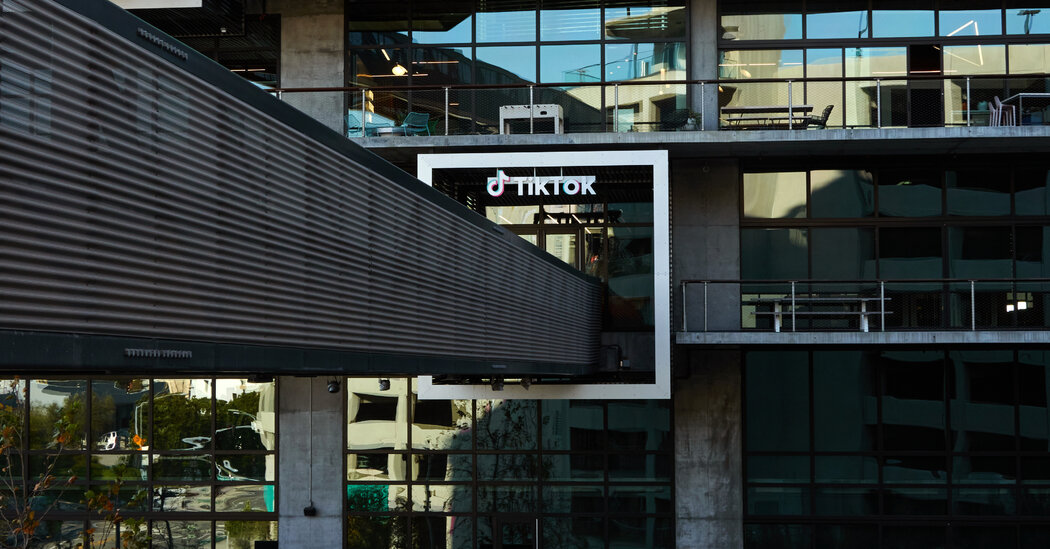
Introduction
HTTP status codes are the server’s response to the browser’s request.
Generally, when you visit any website, your browser sends a message to the
website’s server, and the server comes up or responds to the browser’s
request; this is called HTTP status code, which comes to the three-digit code.
HTTP 202 Status Code is one of them in the series. Here, we will
discuss in detail the 202 accepted codes.
Table of Contents:
What is the 202 status code?
The HTTP 202 status code signifies that the server has received and
accepted the user’s request for processing, but the request is in processing
mode and still needs to be completed. It may happen for time-consuming tasks
like generating reports or uploading large files.
How does it affect SEO?
Though 202 code is sometimes destructive for SEO, overuse or misuse can impact
your website’s crawling and SEO. Let’s dive deeper into the impact on SEO and
crawling.
The Adverse effect of 202 accepted codes:
Decrease website Crawling: Search engine crawlers discover your web
content and index it. If crawlers encounter the 202 status code too often,
they might visit the sites repeatedly to retrieve the latest or final content.
It can be the reason for the delay in indexing and reduced crawl efficiency.
Higher Bounce Rates: If users trigger the 202 code, visitors may leave
the site because there is no clear indication of when the processing is
complete. As a result, visitors can become frustrated, leading to higher
bounce rates and indirectly affecting your Website’s SEO.
Overload The Server: 202 responses are generally used when visitors
visit the page and upload large files or generate reports; this might overload
the server, slowing the response time and leading to crashes. So be careful
because it can hurt SEO and user experience.
Removal From SERP (Search Engine Result Page): If some particular pages
or URLs repeatedly show the 202 code, search engines might think it may be
misleading or unreliable content. As a result, your website may face indexing
issues and be removed from the SERP.
GO Back to Main Index
How to Fix the 202 issues?
The 202 status code does not always need to be fixed. The showing code means
the server is processing your request but still needs to complete it.
Sometimes, this is okay, but sometimes, it indicates some internal issues that
must be fixed. Let’s explore this in detail.
When the 202 is Expected: If the request concerns long-running tasks
like video uploading, processing, and generating large files, then the 202
code is quite natural.
Repeatedly 202 codes: If your visitors frequently experience the code
in the different functionalities, it might lead to the misuse of the code or
server overload.
Relevant Reading:
Possible Solutions:
Server Optimization: If the code causes delays, ensure your website
server has enough resources to manage the processing or slowdown tasks
efficiently.
Potential Code Implementation: If you find the server’s 202 code
wrongly implemented, for quick actions, you can edit your server-side code and
replace it with a correct Status Code, 200, for completed tasks or other
relevant HTTP Status Codes.
Provide User Updates: If your visitors trigger the 202 code, you can
better the user experience by providing a specific completion time or updating
them on their progress.
Additional Pro Tips:
Track Crawling Issues: Use SEO tools to monitor your site’s performance
and how search engines crawl it. If your server frequently has 202 responses,
it may indicate crawling issues. Then, you must optimize your website’s server
response time or use proper caching.
Discover Alternatives: A 200 (OK) code is suitable for fast tasks. 204
(No Content) response is preferable for user interactions without server
processing.
Remember, the HTTP 202 Status Code does not always hurt your Website or
SEO. Properly structured and implemented, it can provide a hassle-free user
experience and improve your site’s SEO.
GO Back to Main Index
How does the HTTP status code checker find your website’s 202 accepted status codes?
Many HTTP status code checker tools are available online, and they can help
you identify the 202 processing codes. Let’s explore those tools below:
-
Sitechecker: With a straightforward interface, it is ideal for
checking single URLs. -
WebFX HTTP Status Tool allows you to check bulk URLs with in-detail
response reports. -
httpstatus.io: redirects for multiple URLs with headers and HTTP
status codes.
The tools mentioned above can identify the codes but can’t tell you the
specific reason for returning the 202 code. If you encounter this frequently,
you might investigate the issues with your server code or consult with your
developers.
GO Back to Main Index
Conclusion
HTTP 202 Status Code signifies that the user’s request has been
accepted and is in processing mode. It is sometimes regular when accessing
large files like long videos or generating reports. But if you frequently face
these issues, they affect your Website ranking and SEO. So, you must fix the
problems with server optimization and potential code implementation, provide
user updates, and discover alternative codes as needed. You can also contact
your developer. If you access those codes correctly, then it will boost your
Website’s SEO.
GO Back to Main Index
FAQs:
Q. Is 202 an error?
A. No, it is not an error code; this means the request is being processed but
still needs to be completed.
Q. What does response 202 mean?
A. It means the user’s request from the browser to the server is not completed
for the website, but it is being processed.
Q. How can I check for 202 codes on my website?
A. Many tools are available online; you can use any of the reputed tools to
check your HTTP codes.
Q. Are there any SEO penalties for using the 202 code?
A. Google or any search engine will never directly hurt your website. But as
we discussed earlier, if it appears often, then indexing issues and user
experience problems can arise, which hurt your website’s SEO and increase the
bounce rate. So, yes, indirectly, it affects your site’s SEO.
GO Back to Main Index








Leave a Comment